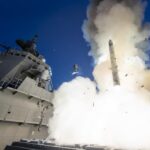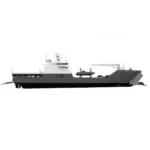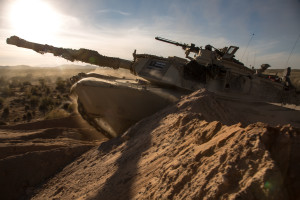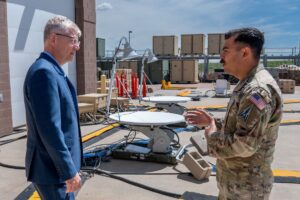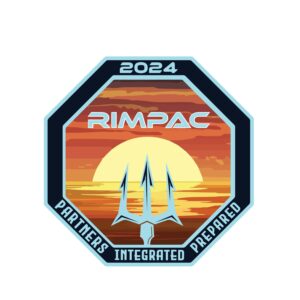
The Navy said that planning is being finalized for the 2024 biennial Exercise Rime of the Pacific (RIMPAC), due to run from June 27 to Aug. 1 around the Hawaiian Islands. This year’s event will include 29 countries, 40 surface ships, over 150 aircraft and more than 25,000 personnel. It is hosted by the commander of the U.S. Pacific Fleet and led by Vice. Adm. John Wade, commander of the U.S. 3rd Fleet, serving as combined task force (CTF) commander.…

 By
By 